Your perfect Mustang might not be the top trim. Here’s why

Performance per dollar, or top factory trim? It has been a running debate among car buyers for decades, renewed once more with the latest Mustang variant to reach the market—the Dark Horse.
That high-po model, like the Mach 1 and others before it, flaunts a heightened image and puts out the best performance numbers from the factory. However, the Dark Horse is also the most expensive Mustang currently available (and likely will be the most valuable when it becomes a classic). Another option is the GT with the Performance Package, a configuration that offers most of the Dark Horse’s performance for fewer dollars. There is logic to both approaches, and threads of both arguments can be made for different trims across every Mustang generation. And, because the Mustang has been available in so many different flavors over the years (140 submodels according to our database, with 43 of those in the price guide), we can use data to explore this heated comparison across the pony’s history.
From its introduction, the Mustang was available with a swath of engines, body styles, and submodels. As its competition caught up, yet more engines and submodels arrived, which brings us to the 1968 model year, the first of our subject data. In the Hagerty Price Guide, we maintain values for four different V-8s available in the Mustang that year, ranging from the 289 two-barrel with 195 hp to the 428 four-barrel Cobra Jet with 335 hp. For a coupe, the values of the different submodels reveal an interesting pattern for a given engine: If you don’t need the extra bits that come with a GT or a California Special, the high-performance engines in the base model are a great deal.
As the horsepower goes up, the better the deal gets for the base model. The difference between the condition #3 (Good) value of the base model and the GT with the 230-hp, 302-cubic-inch engine is about $12,700, or about 43 percent of the value of the base model. However, for the 325-hp, 390-cubic-inch engine, the difference between the base-model coupe and the GT is $25,400, or 82 percent of the value of the base model.
The pattern holds for the 1970 model-year engine options too. Looking at the SportRoof (fastback), the engine options are more clearly separated by trim level. However, a Boss 302 with 290 hp has a condition #3 value that is $28,700 (68 percent) more than a Mach 1 351-cubic-inch/four barrel with 300 hp. Further up on the performance hierarchy, however, we see that a Boss 429 with a 375-hp rating has a condition #3 value that is $116,200 (155 percent) more than a 428-cubic-inch Super Cobra Jet rated at 360 hp. Comparing across engines is not precisely apples to apples, as each has its own distinctive personality and power delivery, but pragmatic shoppers do have the opportunity to find a deal.
Fox-body Mustangs show how the performance bargain theme carries forward. For the 1993 model year, a 5.0 SVT Cobra with 230 hp has a condition #3 value that is $25,500 (172 percent) greater than a 5.0 LX hatchback (fastback) with 205 hp. Similarly, a 230 hp SVT Cobra R has a condition 3 value that is $54,600 (323 percent) more than the condition 3 value of the 205-hp 5.0 GT hatchback. It all comes down to whether you prefer a bit of history in the pinnacle of one of the Mustang’s most popular generations. Perhaps you enjoy the more subtle model, and plan to use the money you save to make up that horsepower differential.
Which brings us full circle. Mustangs are enduring classics because there’s something for everyone—enthusiasts can find a model that meets their objectives whether they want a top-tier collector pony car, something they can modify to the moon, or simply a V-8 cruiser for around town. Part of the fun is finding that blend of personality and performance that suits your budget and goals. Which path is best? That’s for you to decide.
***
Check out the Hagerty Media homepage so you don’t miss a single story, or better yet, bookmark it. To get our best stories delivered right to your inbox, subscribe to our newsletters.
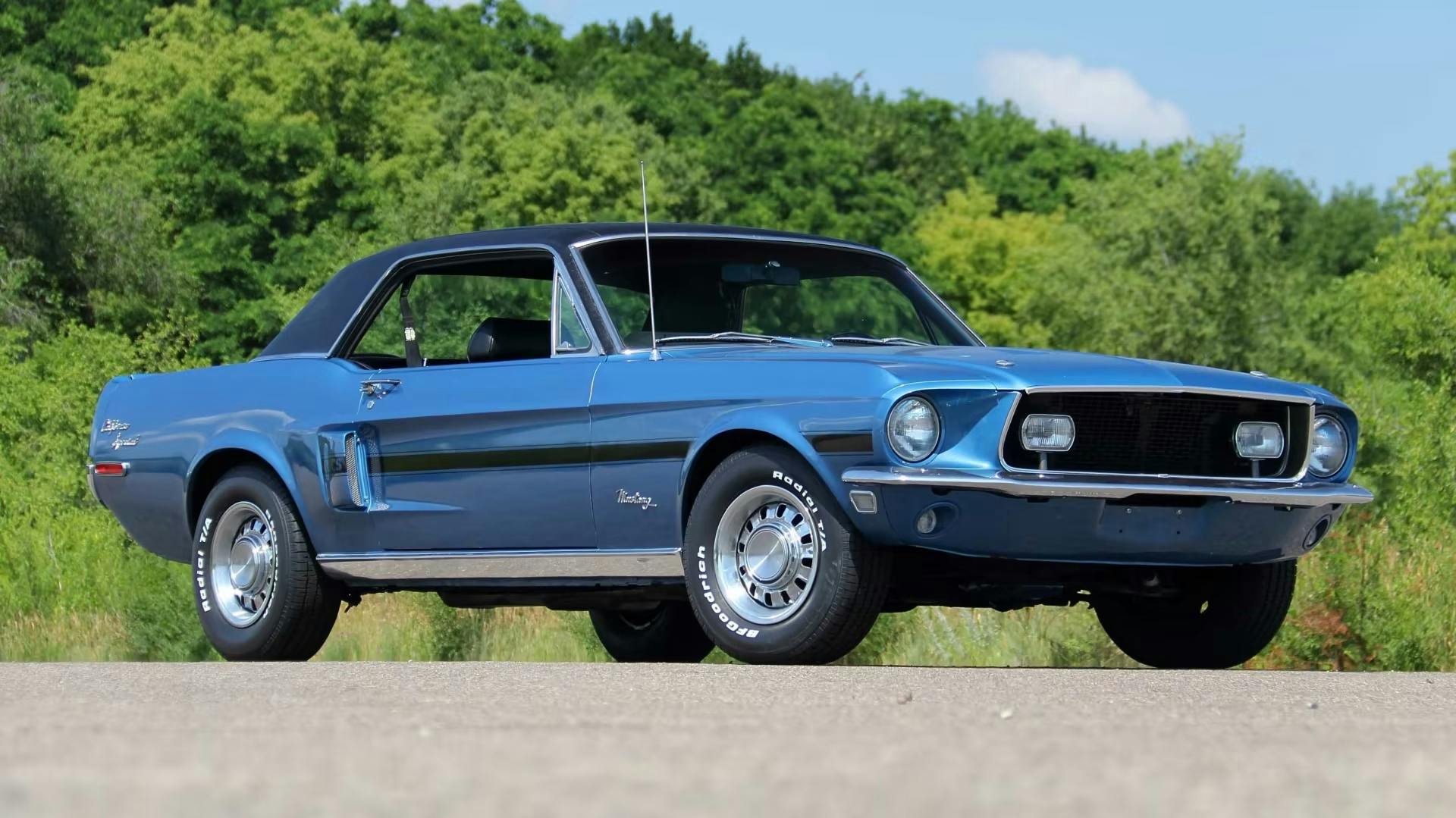
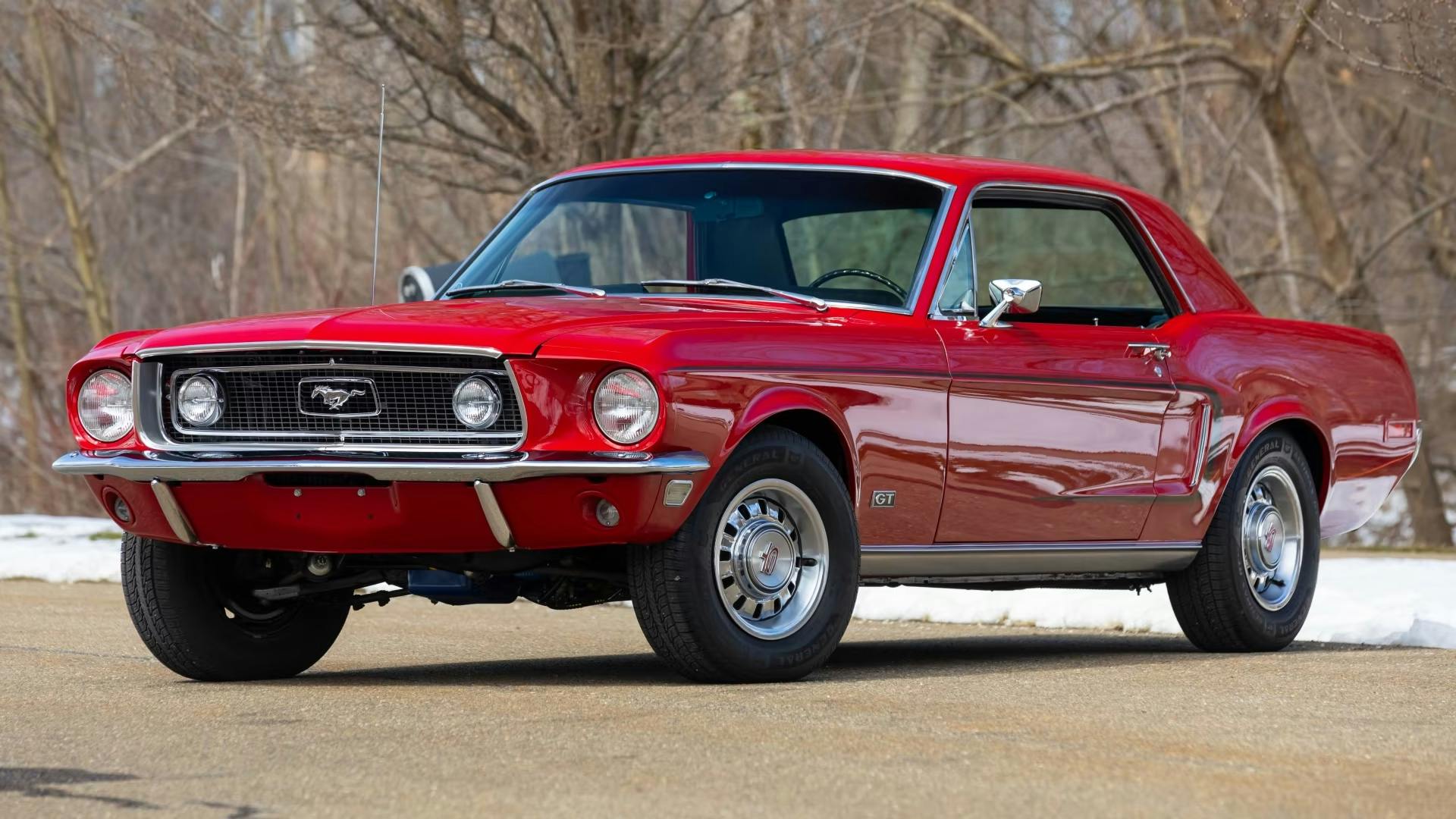
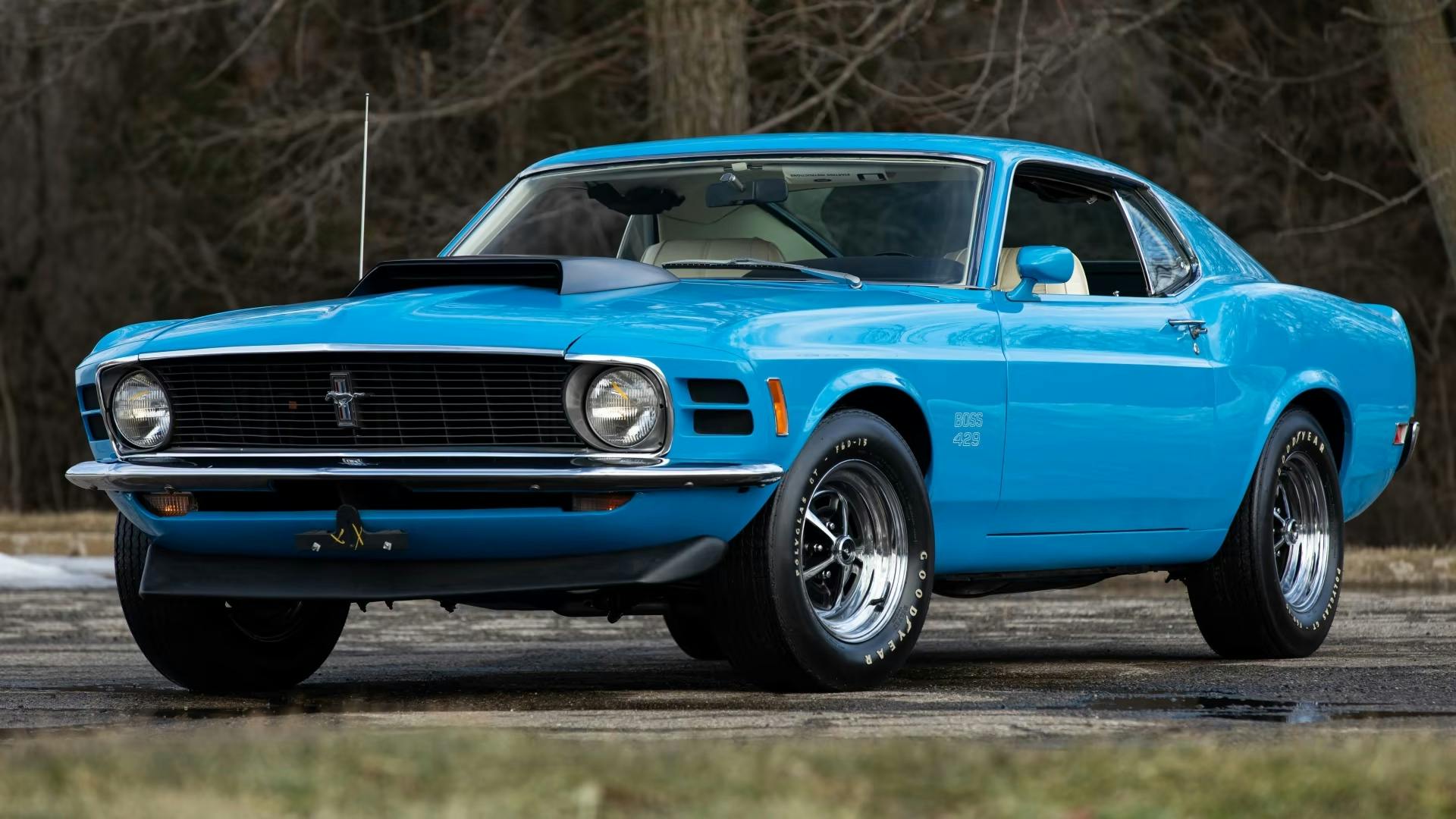

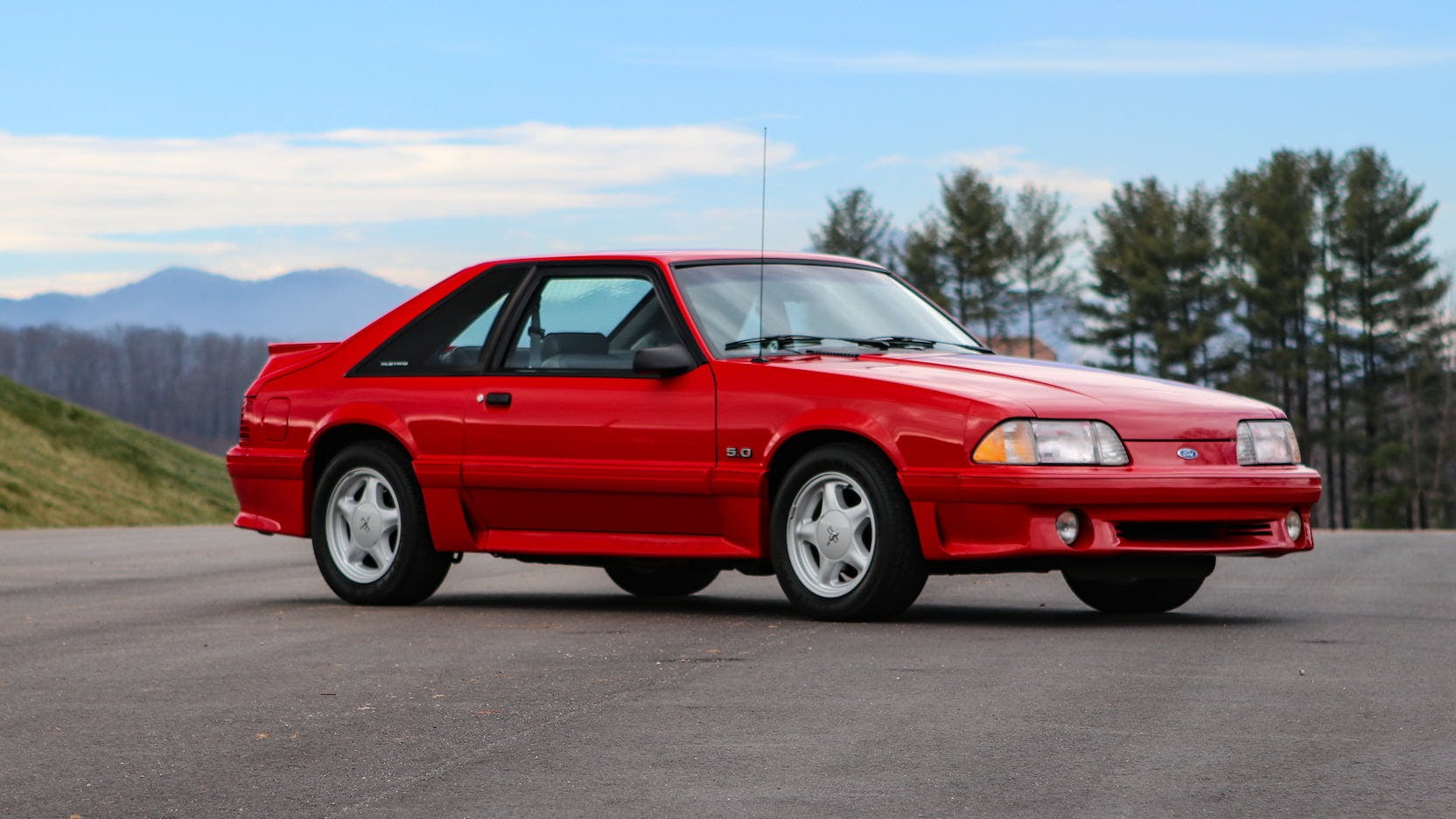
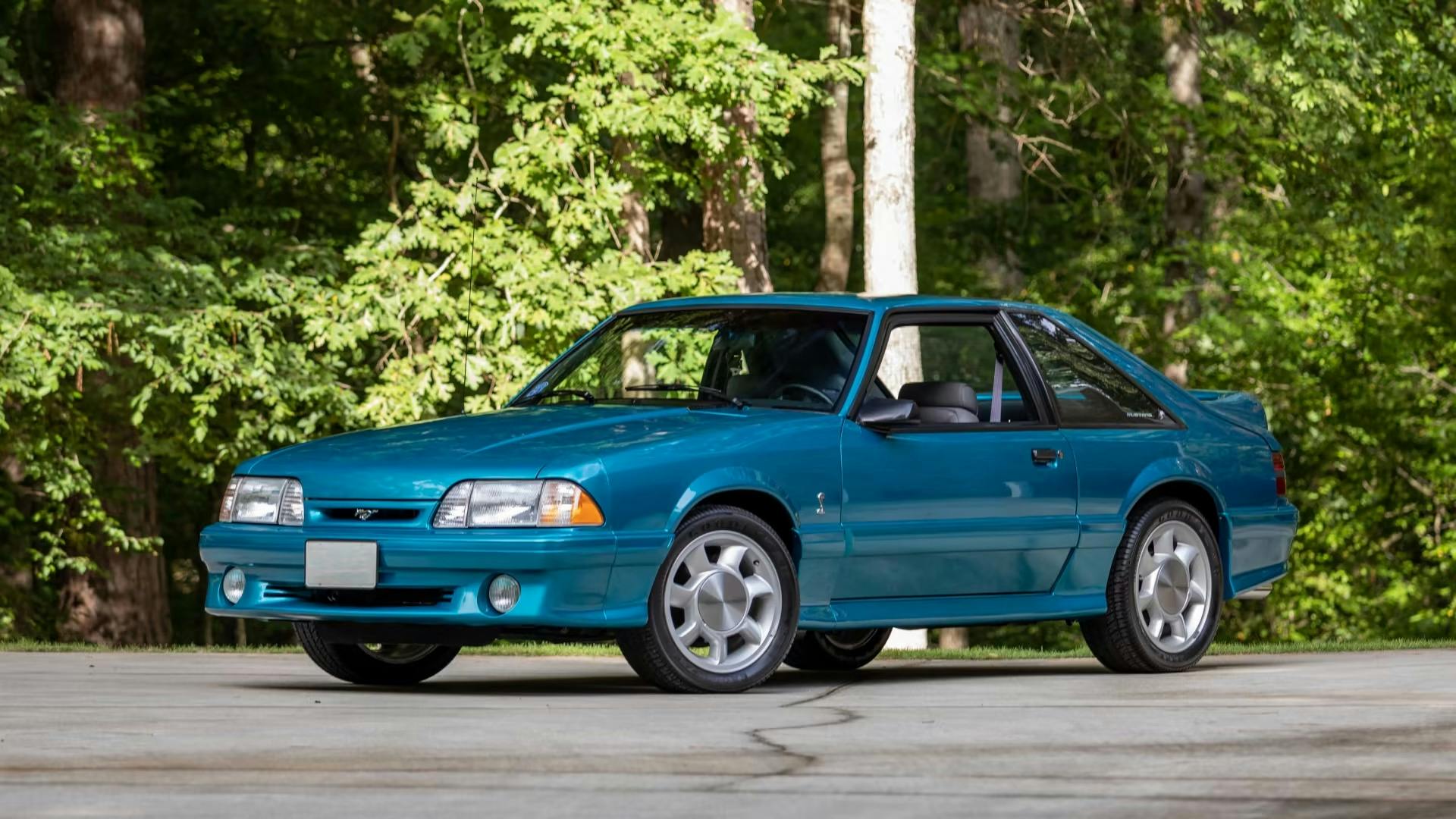



John, informative article. I aimed for models one tier down from what was offered for each era that in which I purchased. Both are GT’s, the 1985 which I still have and is pristine condition, not a trailer queen, just very well taken care of, was the highest level one could purchase outside of an SVO. It was the five speed with the H.O. 5.0 with some options. I was actually considering the SVO, but was talked out of it by the salesperson at the time. Plus, turbochargers weren’t what they are today in terms of durability. My 2017 GT/PP was a great foundation for replicating the handling of a GT 350R, but without the flat plane crank. I know this rejection may be viewed by some as heresy, but when I saw a photo of the counter weights attached to various parts of the driveline, and read about the inherent secondary vibrations of flat plane crank motors, and then finally, every racing Mustang is running cross plane cranks that I’m aware of, I was pretty sure that I made the right choice. Sure VooDoo equipped Mustangs are rarer, but most people drive torque…not horsepower anyway.
But Mark- the flat plane crank spins up like a turbine, and the sound! The 350/350R sound is like furious Italian metal- and have you heard the glorious noise the new Z06 Corvette creates?! Ferrari did flat crank V8s for decades, and it was almost always their transmissions/clutches that failed, and both Ford and GM used every bit of modern computer modelling and testing to quell any vibration issues. But Jeezus wept, the noise!
You missed the best trim option, a convert. Nothing like a top down on any mustang!
How about the Fox body with the stock 4 turbo
How about the Fox body with the stock 4 turbo. Simply a great ride
I have been happily bashing around in my 1997 Deep Violet GT convertible for 8 years now. Good old cruiser with stock 4.6 engine , no cats just Flowmasters. Cheap fun. American cars are expensive in NZ due to exchange rates and shipping costs. Compliance costs also as we have a mandatory defect inspections every 6 month here and we drive on the left. Cars here are worth approx 2 to 3 times what they go for in the States. SN95s are still the best value here but there’s not many of them. More 60s ,S197 and 550s. Course we get the 550s in RHD now.
When it comes to Mustangs, it all depends on a Steve McQueen movie. A consumer item, the Mustang, and its role in another consumer entertainment product.